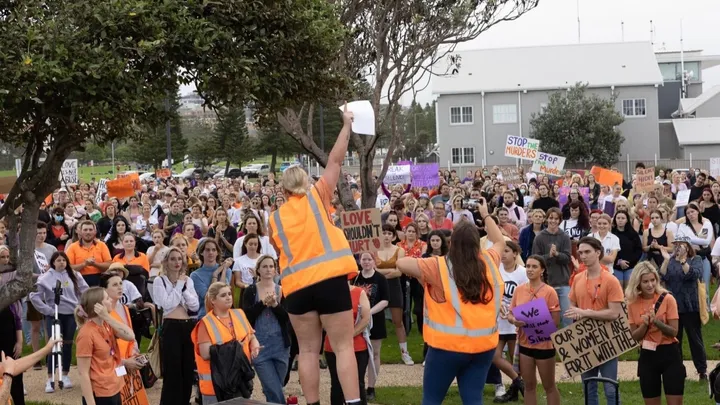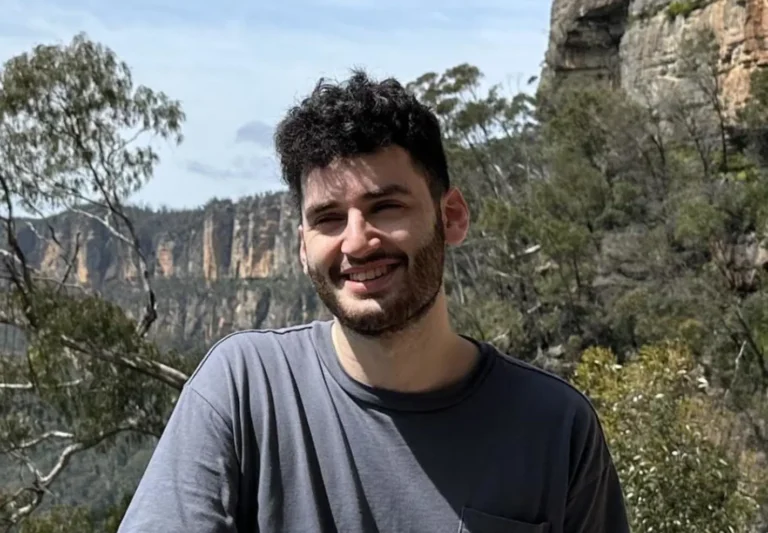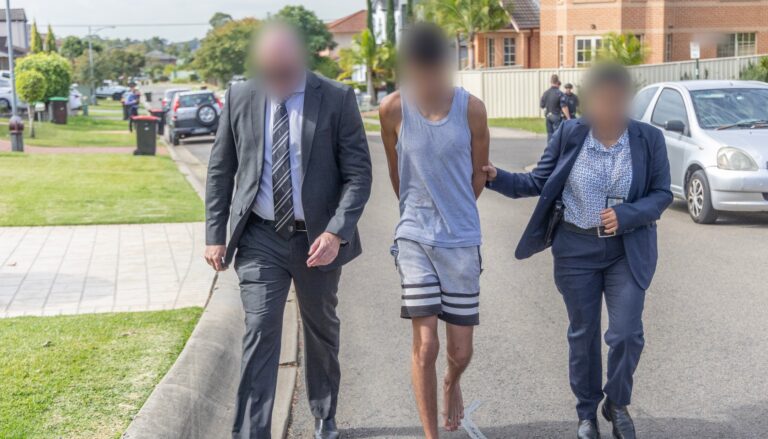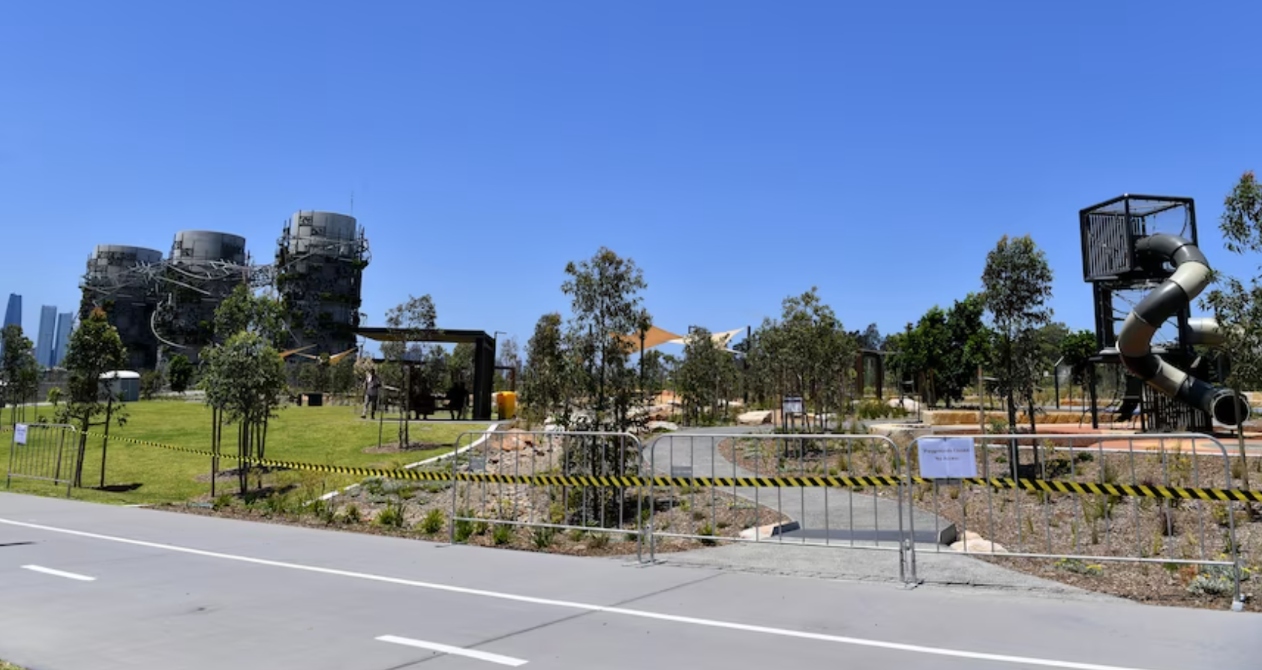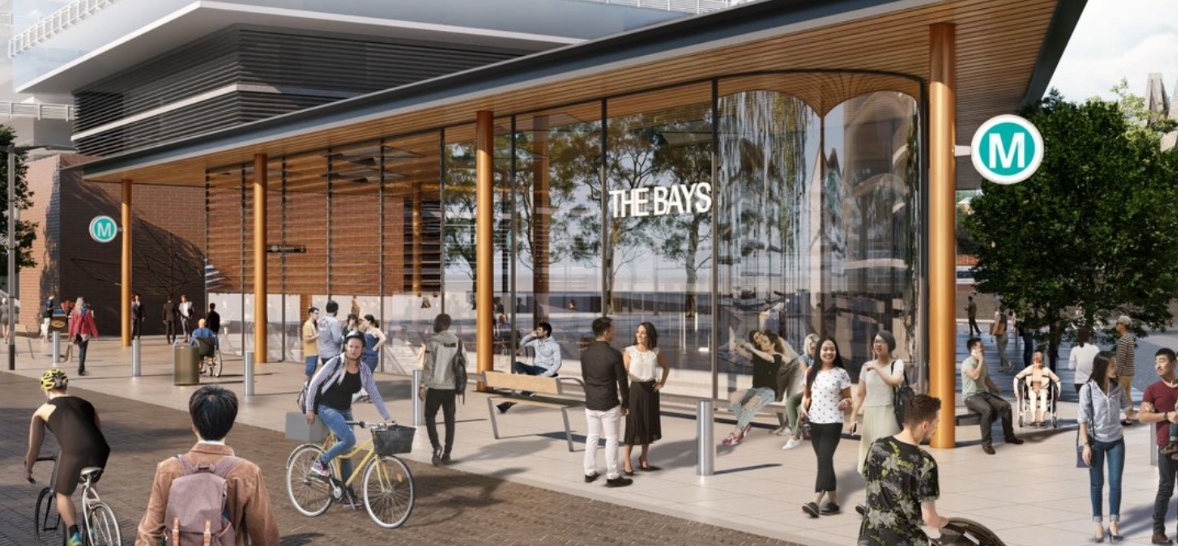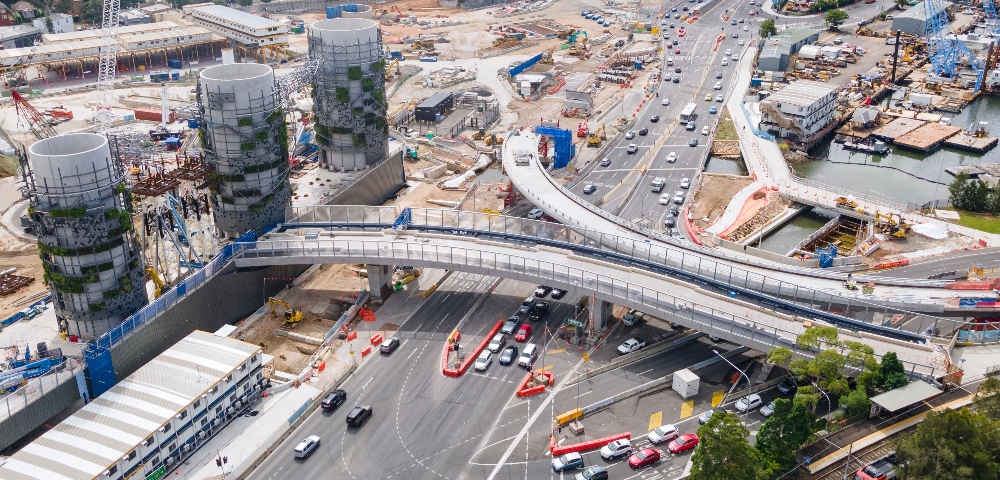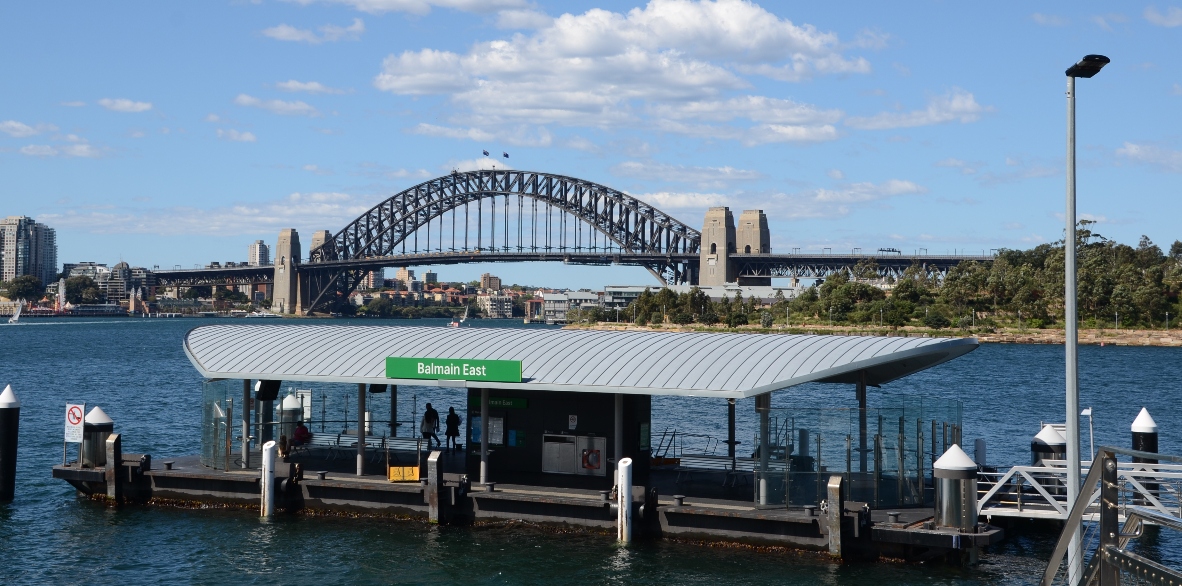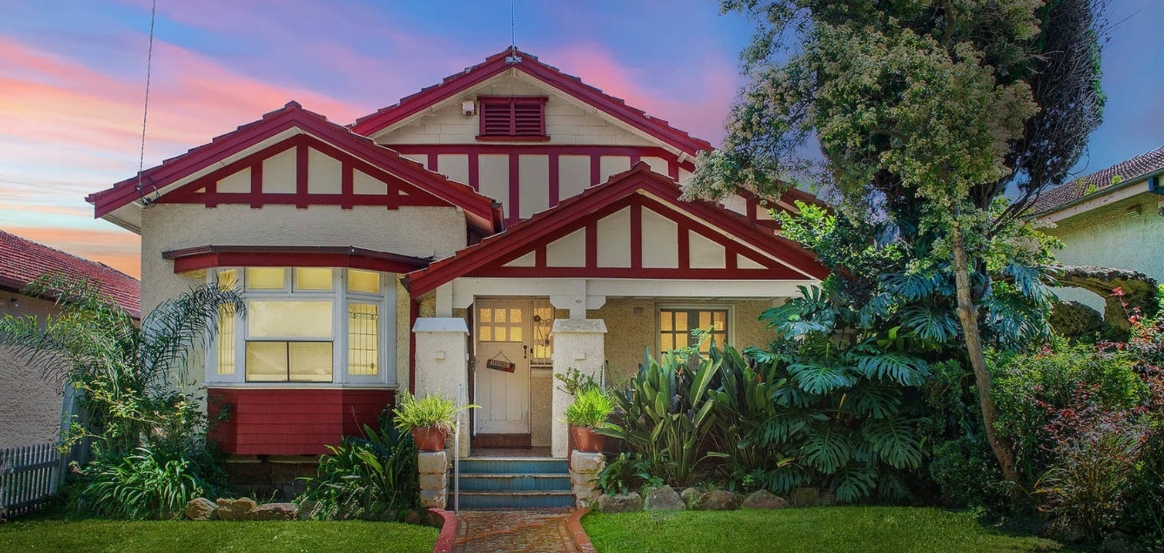
Black holes of Australia

By ALEC SMART
On 11 September it was announced that Community Courts for Indigenous Australians are to be reintroduced in the Northern Territory, eight years after they were abolished. This coincided with the release of a draft Aboriginal Justice Agreement that aims to reduce offending and keep Indigenous people out of prison.
Almost 100% of the youth and 85% of the adults in custody in the Northern Territory are Indigenous, a disproportionately high statistic. The North Australian Aboriginal Justice Agency says this is because Indigenous people are more likely to be denied bail and remanded in prison and, if convicted, more likely to receive a custodial sentence.
The Northern Territory Government’s Aboriginal Justice Unit director, Leanne Liddle, revealed 120 consultation sessions over two years in 80 communities reported an overall lack of community leaders present in remote districts from which offenders were frequently jailed.
The resurrected Indigenous Courts will involve Aboriginal leaders who take into account social, cultural and geographic differences when sentencing.
Elderly advice
Indigenous Courts are not a new phenomenon. Western Australia launched one in 2006, where Aborigines, despite comprising less than 4% of the state’s population, make up more than 42% of prisoners.
South Australia, Victoria and Queensland have Nunga, Koori and Murri Courts, respectively, which operate along similar informal guidelines, with family members participating and the defendant able to talk to prosecutors. Judgements take into account the background and situation of the offender and allow senior members of the local Indigenous community involvement in the sentencing process.
Jurisdiction works in tandem with a magistrate’s court, with the same legal appeal and review processes available. The courts are successful in reducing recidivism and strengthen the roles of elders and families in Indigenous communities dealing with errant youth.
Meanwhile, the related issue of Indigenous deaths in custody has resurfaced after an August 2019 announcement that Victoria Police’s treatment of them will be audited by the state’s anti-corruption watchdog, with results expected in 2020.
The Independent Broad-based Anti-corruption Commission announced it had identified 55 files that were closed by Victoria Police in 2018 where the complainant was Aboriginal and involved in a serious incident.
The audit announcement comes as the Victorian Deputy State Coroner examines whether systemic racism played a role in the death of Tanya Day, who fell and hit her head at least five times while in custody at Castlemaine police station in December 2017. Ms Day, 55, was arrested for Public Drunkenness, a charge that all states except Queensland and Victoria have decriminalised because it was found to disproportionately and adversely affect Aboriginal people.
Victoria Ambulance paramedics, who attended to Ms Day in the police cells before transporting her to hospital, have formally apologised to the victim’s family. They admit misdiagnosing a narrowing of her pupils, which they mistakenly attributed to illicit drugs. Ms Day never recovered and died on 22 December of a haematoma brain injury, sustained when falling in the police cell.
Deaths in Custody
The 1987–1991 Royal Commission into Aboriginal Deaths in Custody, which didn’t investigate the disproportionately high number of Aboriginals in prison, found: “..Glaring deficiencies existed in the standard of care afforded to many of the deceased.”
Tanya Day’s death suggests the same deficient standard of care continues, augmented by suspicious cases of Indigenous deaths in custody that authorities refuse to investigate.
A coronial inquiry into the death of Eric Whittaker at Parklea Correctional Centre in Sydney is being held at Lidcombe Coroner’s Court from 14-18 October 2019.
According to Indigenous Social Justice Action, Whittaker was “taken into custody for relatively minor matters and was put in isolation and handcuffed in a maximum security cell at Parklea private prison. Eric was in custody for only two days before he died. Eric suffered injuries to his head, which his family heard three different stories from authorities as to how it happened.”
Parklea gained notoriety after mobile phone footage was smuggled out in 2017 showing methamphetamine – allegedly smuggled in by prison guards – and crudely-made knives hidden in a cell.
A subsequent NSW Parliamentary Inquiry revealed Parklea, then run by a subsidiary of US prisons contractor GEO, had higher rates of inmate violence and prisoners dying from unnatural causes, including seven suicides since 2016.
Whittaker was taken to two different hospitals and put on life support. Despite being comatose with a catastrophic brain injury, his feet remained shackled together, which is how his family found him when they were instructed to turn off his life support on 4 July 2017.
On 24 September, families of Indigenous prisoners who died in custody will meet MPs at the Parliament of NSW in Sydney. The discussion, with politicians from across the political spectrum, should open a dialogue that will hopefully lead to revisions in the incarceration of Indigenous peoples.
